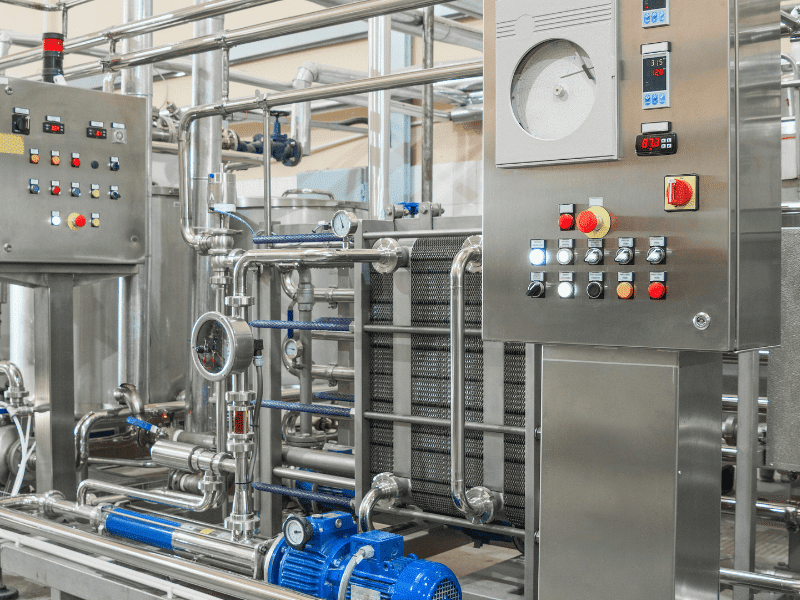Introduction to Battery Module Bonding
Battery module bonding plays a vital role in the manufacturing of electric vehicles. It either improves or degrades the performance of the vehicle. Battery module bonding uses adhesives to bond components and battery cells in EVs.
These adhesives ensure mechanical stability, followed by electrical insulation and thermal management. They also offer resistance against high temperatures and moisture. Application of adhesives maintains a consistent battery temperature. Adhesives even help with heat dissipation.
Electric vehicles have seen a high demand in recent years. Hence, focusing on battery module bonding is important. If you are looking to learn more about it, the guide below has it. Let’s read.
What is Battery Module Bonding?
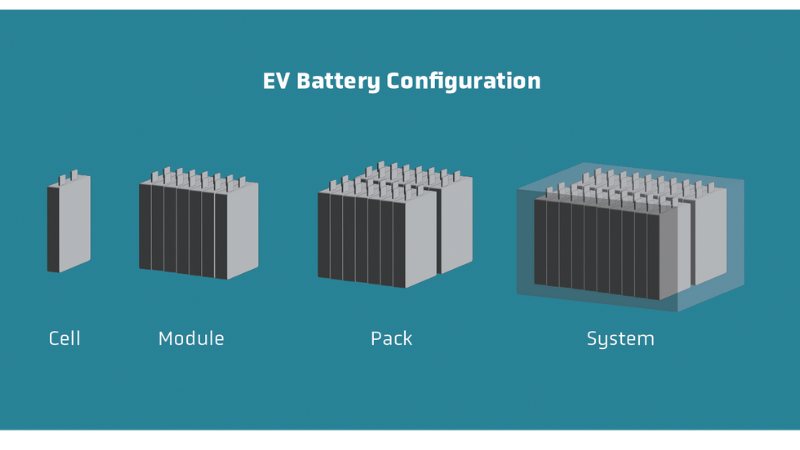
There are different types of cells in a battery pack. These cells include cylindrical cells, pouch cells and prismatic cells. Each has its own significance in the battery pack. These cells bond in a battery module. The secure bond between cells ensures durability and performance using EV adhesives.
Significance of Battery Module Bonding
Battery modules have many interconnected individual cells through the bonding process. Appropriate adhesive application prevents cell movement, reducing vibration. It also helps to enhance mechanical stability when operating in challenging conditions.
High-strength adhesives allow manufacturers to create double bonds between module parts and cells. It enhances thermal stability, followed by heat dissipation. The performance of a vehicle is dependent on a well-designed battery module bonding.
Role of Adhesives in Mechanical Stability of a Battery Pack
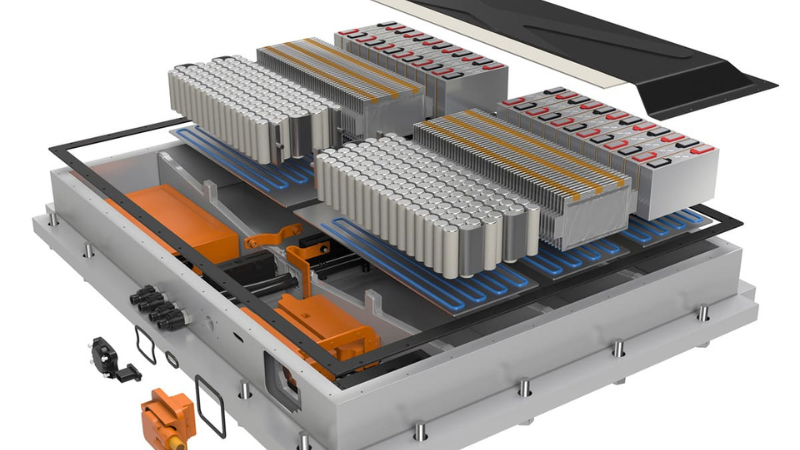
Electronic components like sensors, wiring, and BMS are key parts of the battery pack. Effective battery pack sealing with these components is significant for a safe ride in EVs.
Battery packs need robust adhesives for strong adhesion between parts and cells. It secures components and prevents electrical shorts and mechanical failures.
Mechanism of Liquid Sealants
Liquid sealants in battery packs even create strong connections. They help prevent vibration, heat, and contaminants from getting inside. The lifespan of an electric vehicle also increases when a bonded battery pack is in place.
Battery Cell Encapsulation Techniques
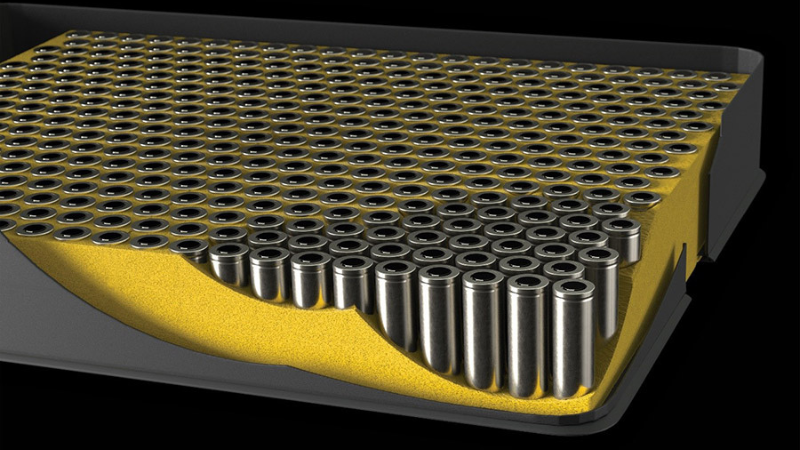
Battery components like sensors, electrical connections, and individual cells need protection. It allows them to perform well in harsh conditions in electric vehicles. Battery encapsulation protects these parts from dust, vibration, and moisture.
Types of Materials Opted for Encapsulation
There are special encapsulation materials. These materials include silicone and epoxy. These materials work like an enclosure for battery parts. They offer resistance against chemicals and thermal conductivity. Such material enhances the durability of the battery module.
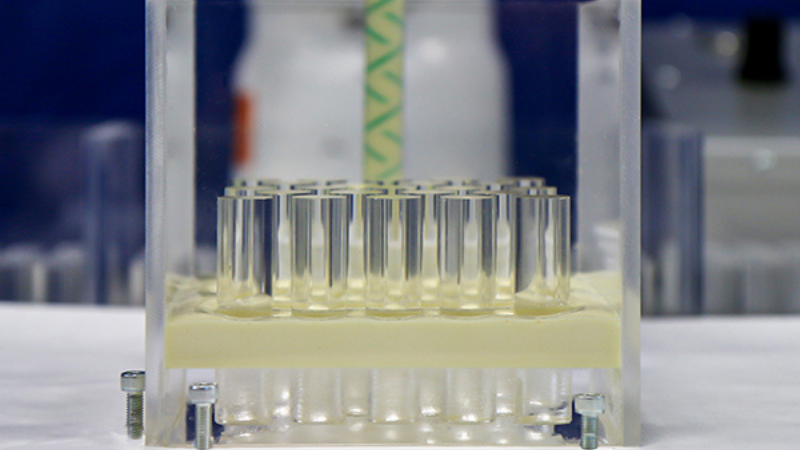
There are different encapsulation compounds that protect battery components. These compounds may comprise polyurethane, silicone, and epoxy. They also ensure the consistent performance of batteries. They provide the adhesion of batteries with flexibility and environmental protection.
Purpose of Battery Module Encapsulation
The purpose of encapsulation compounds is to provide thermal conductivity. It also offers resistance against chemicals, extreme temperatures, and moisture. They ensure the safety and reliability of the battery system, making it durable.
Choosing the right encapsulation material depends on many factors. Such factors include battery type, environmental exposure, and the expected stress level. Every encapsulation compound has different benefits. Silicone looks after thermal management, and epoxy looks after chemical resistance.
Surface Treatment for Battery Bonding
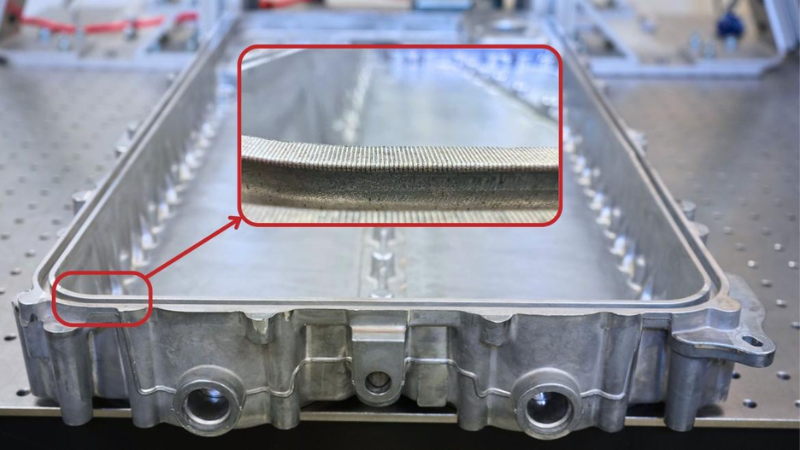
The process of battery manufacturing requires surface preparation as a primary step. Surface preparation impacts the durability and strength of the adhesion between components. Ensuring that a clean and contamination-free surface is present ensures a reliable adhesion.
How Does Surface Preparation Help in Battery Module Bonding?
There are different techniques for surface treatment for battery bonding. Among these, plasma treatment, laser surface preparation, and chemical cleaning are prevalent.
These methods help in removing any sort of residue, oil, and oxides from the battery and its parts. Such methods enhance the surface energy so that adhesives bond well.
Appropriate surface preparation reduces the risk of delamination. It also makes the structure of the battery module strong. It is a very critical step in electric vehicle applications to prevent vibration. It even resists moisture and ensures a long-lasting bond.
Thermal Management in Battery Module Bonding
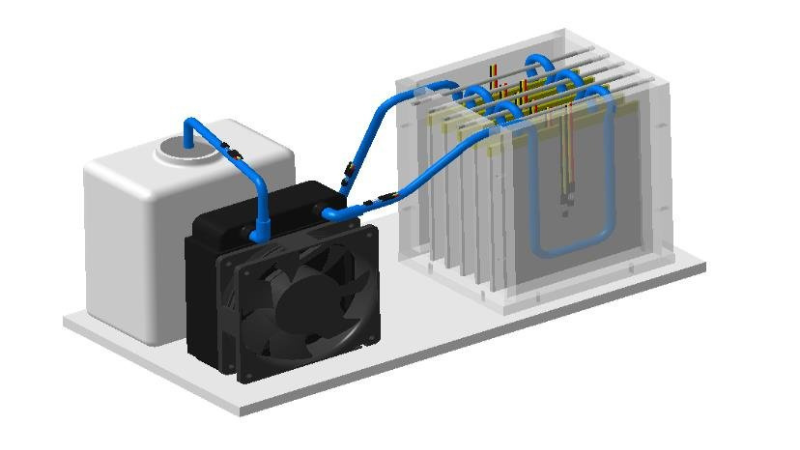
Thermal management is key to ensuring the performance and safety of battery packs. Excessive heat has the potential to impact the battery and compromise its efficiency. It also leads to safety risks. Hence, manufacturers must use thermal interface materials in their battery packs.
Effective Thermal Management Using Heat Spreaders and Cooling Systems
The complete package of the battery pack includes heat spreaders and cooling systems. These components help in heat dissipation. Managing heat generation and thermal runaway is crucial for maintaining battery temperature.
An effective adhesive thermal conductivity is crucial for optimal performance. It also improves the lifespan of the battery module and vehicle. High thermal conductivity leads to an impact on battery performance. It is important to manage the heat generated by electric vehicles.
Gasketing and Sealing in Battery Module Bonding

The process of sealing and gasketing is essential in battery manufacturing for EVs. It protects battery packs from chemicals, dust, and moisture.
Liquid sealants, adhesive bonding solutions, and foams create flexible seals between battery parts. These materials ensure thermal expansion and mechanical stress in the battery system.
Sealing and gasketing protect the battery pack from corrosion and electrical shorts. Airborne particles and contaminants do not separate, protecting the battery from failure.
Custom Battery Pack Design
Development of battery packs considers the significance of flexibility and customization. These two aspects help develop battery packs that are unique. It also ensures that they align with the design and environmental requirements of an EV. There are various types of EV platforms requiring a battery system to have diversity.
Tailor-made battery packs need modular design, potting compounds, and adhesive bonding. It also requires specialized configurations and materials. Such techniques help create innovative battery packs that are lightweight and efficient.
How does a Custom and Flexible Battery Pack Module Speed up EV Launch?
By adapting to evolving market demands and customization, the manufacturers get an edge. The process of introducing EVs to the market also speeds up.
A flexible and customizable battery design helps meet safety and performance targets. Such flexible designs are suitable for varied types of electric vehicles.
Battery Testing and Validation for EVs
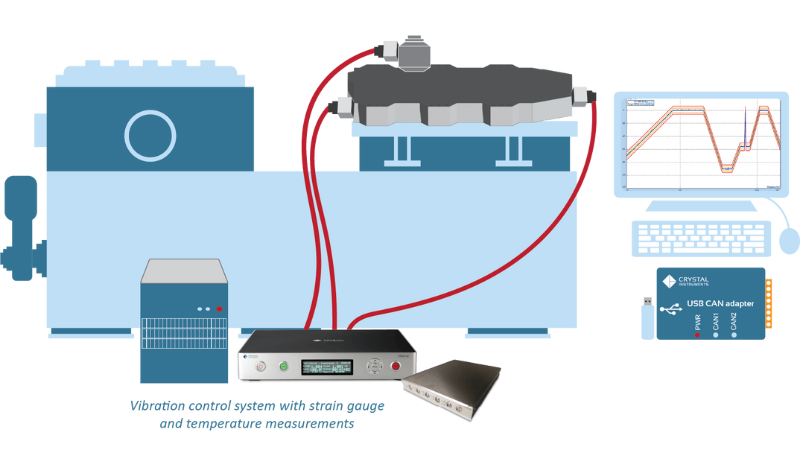
The development process of electric vehicle batteries requires testing and validation. This step ensures that the battery packs meet safety and durability standards.
Testing and validation verify that battery packs can work well. Testing requires a battery system to face real-time challenges.
How are Battery Packs Tested?
Battery packs pass through stress, high temperature, humidity, and vibration. Special equipment and standard testing measures are undertaken to identify potential failures.
Manufacturers can assess the battery life and its structural integrity. The behavior of charging through validation processes. It helps them detect any issues at an earlier stage and reduce the risk of failures.
Rigorous validation enables early detection of design or manufacturing issues. It reduces the risk of field failures.
Conclusion
Understanding the significance of battery module bonding is important. The guide above must have convinced you to look into the right bonding materials.
We at Jiuju have been producing high-quality adhesives and other materials. These materials ensure thermal stability, efficiency, and safety, creating durable bonds.
Our adhesives and bonding materials cater to a wide range of sectors. These sectors include automobile, electronics, and aerospace. So get in touch with us today and change the way you develop battery packs.





